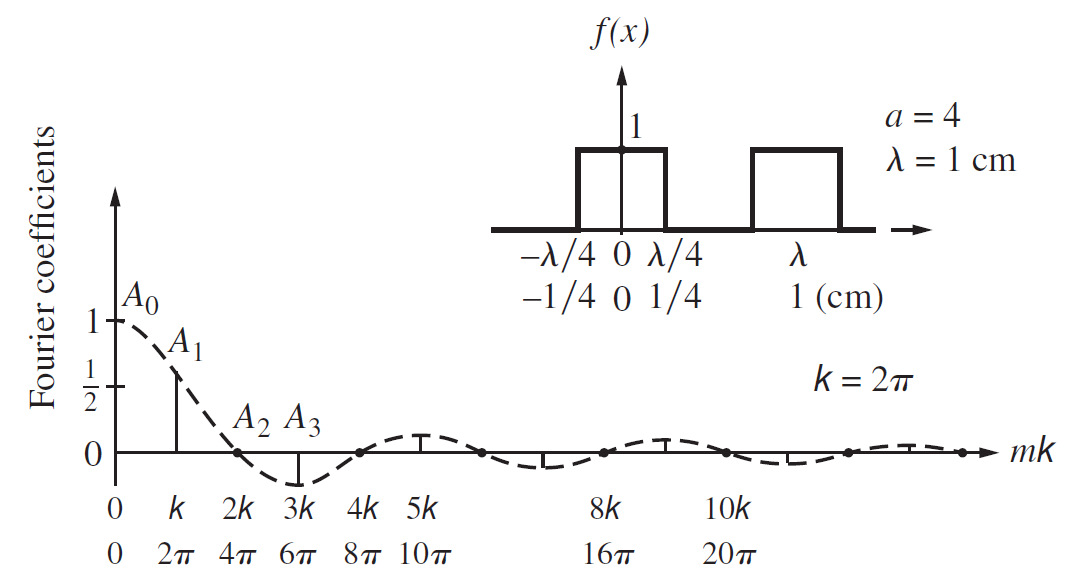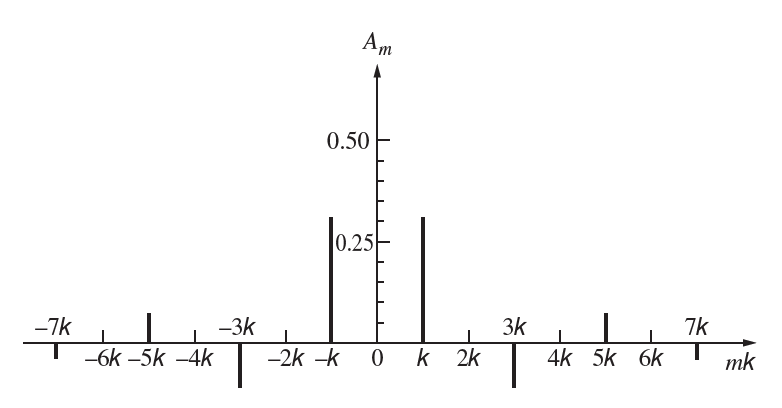Imagine that we have an opaque mask into which are punched an ordered array of circular holes,
Question:
Data from Prob. 13.49
Replace the cosine grating in the previous problem with a €œsquare€ bar grating, that is, a series of many fine alternating opaque and transparent bands of equal width. We now filter out all terms in the transform plane but the zeroth and the two first-order diffraction spots. These we determine to have relative irradiances of 1.00, 0.36, and 0.36: compare them with Figs. 7.40a and 7.42. Derive an expression for the general shape of the irradiance distribution on the image plane€”make a sketch of it. What will the resulting fringe system look like?
Figs. 7.40a

Figs. 7.42

The word "distribution" has several meanings in the financial world, most of them pertaining to the payment of assets from a fund, account, or individual security to an investor or beneficiary. Retirement account distributions are among the most...
Fantastic news! We've Found the answer you've been seeking!
Step by Step Answer:
Related Book For 

Question Posted:





